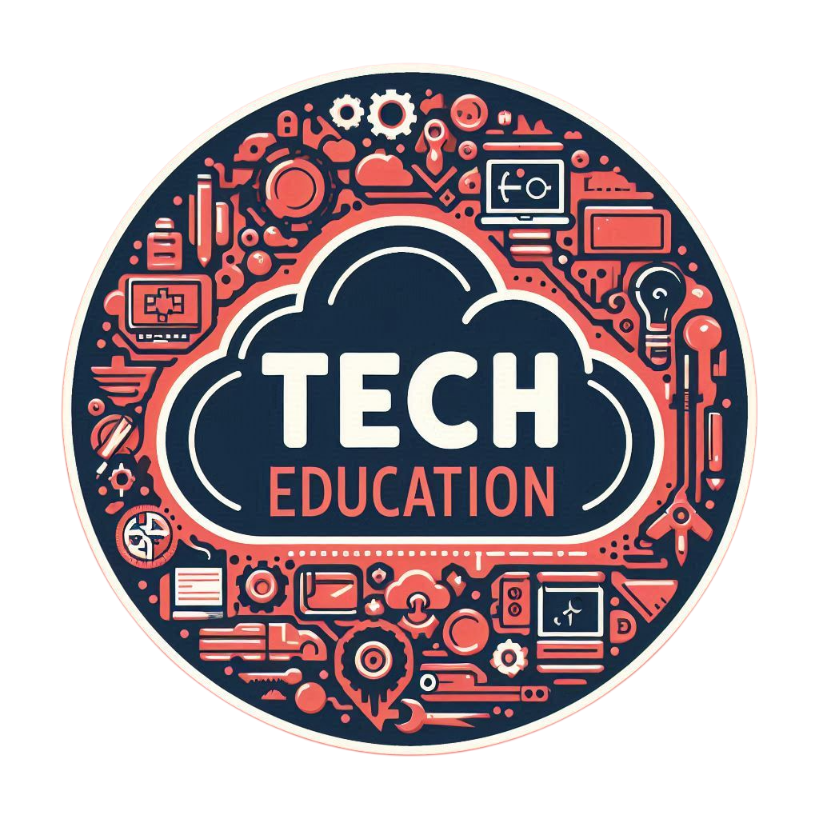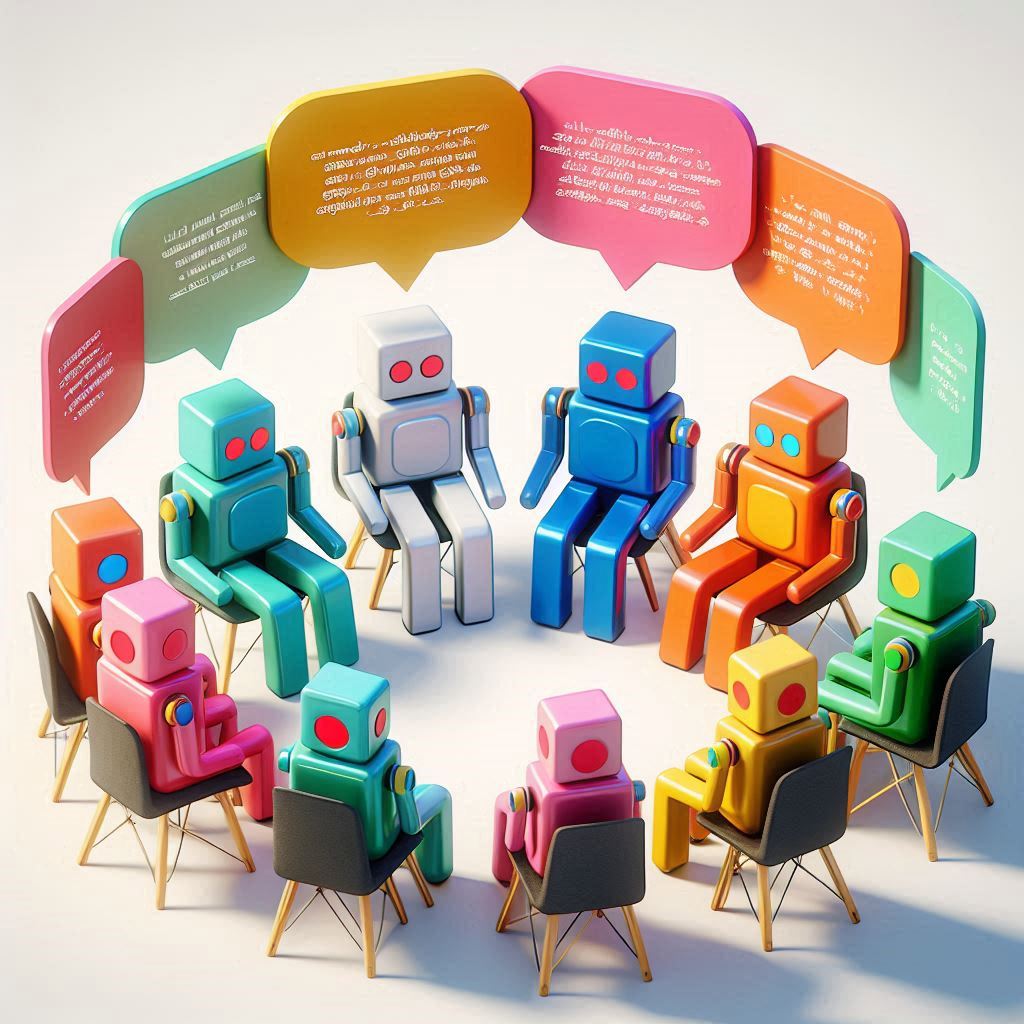Imagine a world where your phone understands your habits, your car predicts traffic patterns, and even your favorite streaming service knows what you’re in the mood to watch. It might sound like magic, but this is the very real (and super cool) world of Machine Learning(ML). Today, let’s break down what makes machine learning tick, why it’s a big deal, and how you can get hands-on with it—no PhD required.
Table of Contents
What Exactly Is Machine Learning?
At its core, machine learning is all about teaching computers to learn from experience. Rather than giving a computer a specific set of rules to follow, we feed it data and allow it to find patterns, make decisions, or even surprise us with insights we wouldn’t have thought of. If you’ve ever wondered how your email app filters out spam or how Siri understands your requests, machine learning is behind it all.
Here’s an example: Imagine you’re learning to play piano. At first, you don’t know where to place your fingers or how to read sheet music. But with each attempt, you get better. Machine learning works similarly. We provide computers with training data (like your attempts to play scales) and a desired outcome (correctly playing the notes). Over time, the model “learns” how to perform by making fewer and fewer mistakes.
How Does Machine Learning Impact Your Life?
Machine learning shapes so much of what we interact with daily. Some examples might surprise you:
- Personalized Recommendations: Every time you see a “recommended for you” playlist, video, or product, that’s machine learning at work.
- Healthcare Innovations: Machine learning models are used to help doctors identify diseases early and tailor treatments to individual patients.
- Customer Service: Have you ever chatted with a “support bot”? Many customer service bots use machine learning to understand questions and respond.
These applications might feel like distant tech concepts, but they’re actually part of what makes your tech life feel smoother, faster, and more intuitive.
How Can You Start Exploring Machine Learning?
You don’t need to be a data scientist to start with machine learning! There are tons of free resources out there for getting your hands a little dirty and having some fun with it.
- Play Around with Image Recognition: Tools like Google’s Teachable Machine let you upload photos and train a simple model to recognize objects or even faces. It’s quick and gives you a first taste of what training a model feels like.
- Get Hands-On with Python: Python is the language for machine learning. Try Google Colab, a free platform where you can run Python code in your browser, even if you don’t have Python installed. Start with a few online tutorials to understand the basics, like how to load a dataset, make predictions, and test accuracy.
- Experiment with Pre-built Models: Many tech platforms, such as Amazon Web Services and IBM Watson, offer pre-trained models that you can “plug and play.” These can be really empowering if you’re interested in making something that leverages machine learning—without having to code everything from scratch.
Machine learning is all about making data work for you. Here’s a quick rundown:
Machine learning can feel like stepping into a whole new world, especially when you hear terms like Supervised Learning, Unsupervised Learning, and Deep Learning. But these methods all boil down to helping computers learn in ways that mimic our own learning styles. Here’s a simple breakdown of each approach:
Supervised Learning: Learning with a Teacher
Think of supervised learning like a classic classroom scenario, where a teacher guides a student by showing both the question and the answer. In this setup:
- Labeled Data: We start with data that includes both inputs (features) and known outcomes (labels). This is like a teacher handing students questions along with the answers, so they know exactly what’s correct.
- Training: The model goes through the data, processes the inputs, makes a prediction, and then checks if its guess matches the actual answer. Each time it gets something wrong, it learns by adjusting its approach.
- Error Correction: Each wrong answer prompts the model to tweak its “knowledge” (parameters) to improve its future predictions.
- Iteration: This process repeats multiple times—predicting, comparing, and adjusting—until the model becomes highly accurate.
- Evaluation: To ensure it’s genuinely learned, we test the model on new data it hasn’t seen before. If it performs well here, we know it’s likely to work in real-world situations.
Supervised learning is commonly used for tasks like classification (e.g., identifying spam emails) and regression (e.g., predicting housing prices).
Unsupervised Learning: Discovering Patterns Without Guidance
Unsupervised learning is like exploring a new city without a map. There’s no one to tell the model what the “right” answer is. Instead, it has to find patterns and relationships in unlabeled data all on its own.
- Unlabeled Data: In this scenario, we only have inputs—no labels or known answers. Think of it as data without categories or specific values to guide it.
- Pattern Finding: The model’s task is to explore this data, looking for natural patterns or groupings.
- Clustering: One technique is clustering, where the model groups similar data points together. For example, it could categorize customers based on buying habits, helping companies understand different segments of their audience.
- Dimensionality Reduction: Another technique is dimensionality reduction, which simplifies the data by focusing on core patterns and removing less important details. This is particularly useful when we have datasets with many features.
- Applications: Unsupervised learning is often used in market segmentation, anomaly detection, and any scenario where we need to uncover hidden patterns without knowing the answers in advance.
Deep Learning: Uncovering Complex Patterns with Neural Networks
Deep learning is a powerful subset of machine learning, designed for complex tasks that require processing vast amounts of data. Imagine stacking many layers of “neurons” into a deep network structure, giving the model a greater ability to detect intricate features. This is how deep learning achieves impressive feats like understanding spoken language or identifying objects in images.
- Neural Networks: Deep learning models are built from artificial neural networks, which are inspired by the human brain. Each “neuron” in the network processes parts of the data and passes information to the next layer.
- Layers: These networks include an input layer (data goes in), hidden layers (where learning happens), and an output layer (predictions come out). Adding more hidden layers enables the model to learn even deeper patterns.
- Activation Functions: These help determine how signals travel through the network. Some popular choices are ReLU and Sigmoid functions, each useful in different contexts.
- Training: Deep learning models train using a method called backpropagation to minimize errors. It’s like an advanced form of supervised learning, where the network constantly adjusts its weights and biases based on mistakes, fine-tuning itself with every iteration.
- Applications: From image and speech recognition to language translation and self-driving cars, deep learning powers today’s most impressive AI technologies.
The Bigger Picture: Why Machine Learning Matters
So why is everyone buzzing about machine learning? It’s because this technology is reshaping how we solve problems. From addressing climate change to advancing medical research, machine learning helps tackle challenges that once felt insurmountable. And the best part? You can be part of this revolution. With tools available to anyone with curiosity and a bit of patience, you can start exploring machine learning in ways that might surprise you.
Ready to Dive In?
Machine learning might seem intimidating at first, but remember: it’s about learning patterns, making mistakes, and getting better over time—just like anything else. Start small, stay curious, and don’t be afraid to experiment. Who knows? Your next project might be the one that sparks the next big innovation.
So, where will you start?


Leave a Reply